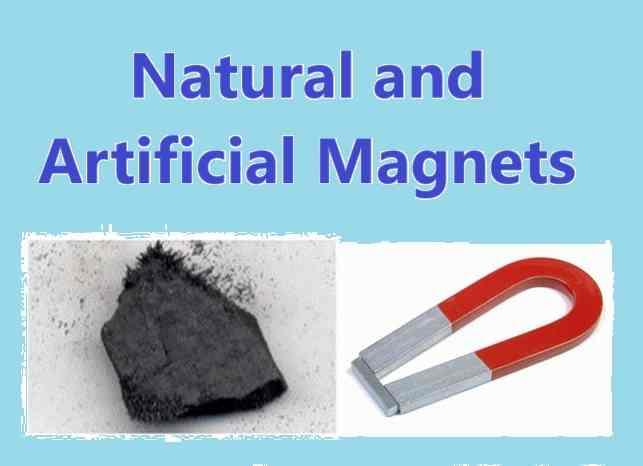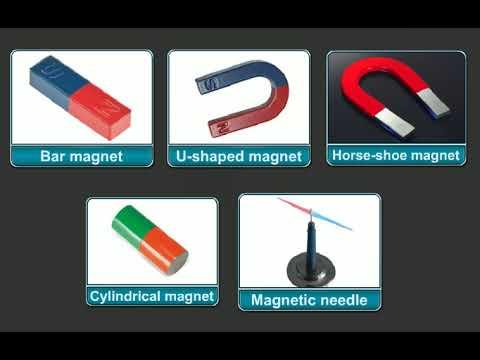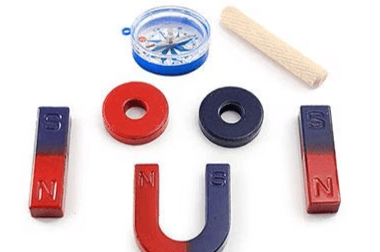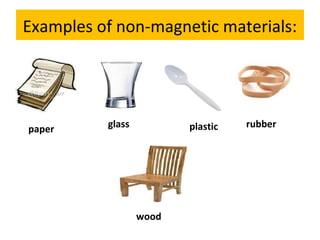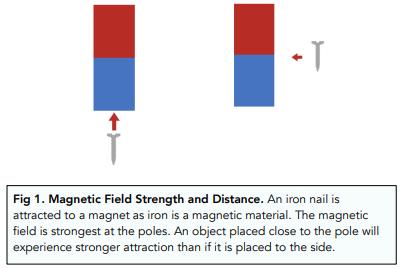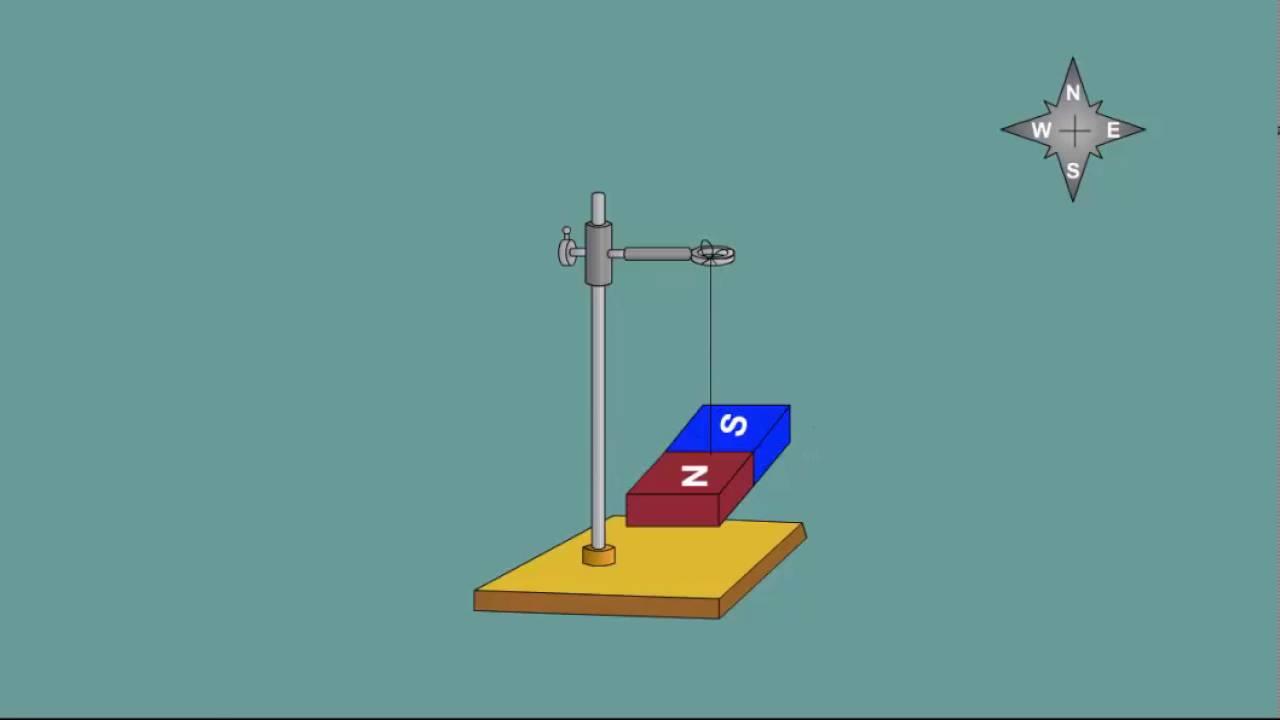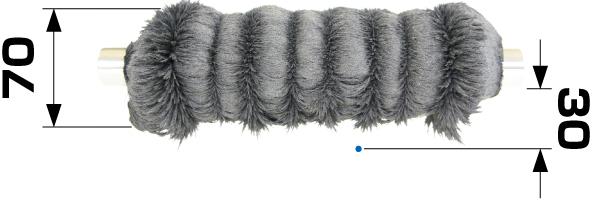|
Card: 1 / 40 |
Fill in the blank: Magnetite is a type of ___ magnet, while other magnets are made artificially from ___. |
|
Card: 3 / 40 |
True or False: The name 'magnetite' may originate from the place Magnesia, which is where these rocks were found. |
|
Card: 7 / 40 |
Fill in the blank: Magnets can be found in various shapes, such as ___ magnets and ___ magnets. |
|
Card: 9 / 40 |
What is the significance of the shepherd Magnes in the context of magnet discovery? |
|
Card: 10 / 40 |
He is credited with discovering magnets when he noticed his iron-tipped stick attracted to magnetite. 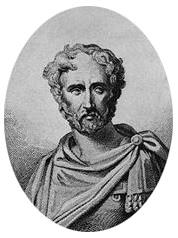 |
|
Card: 13 / 40 |
Magnetic materials are attracted to a magnet. Name three examples of such materials. |
|
Card: 20 / 40 |
They align with the magnetic field, showing that the magnetic force is strongest at the poles. 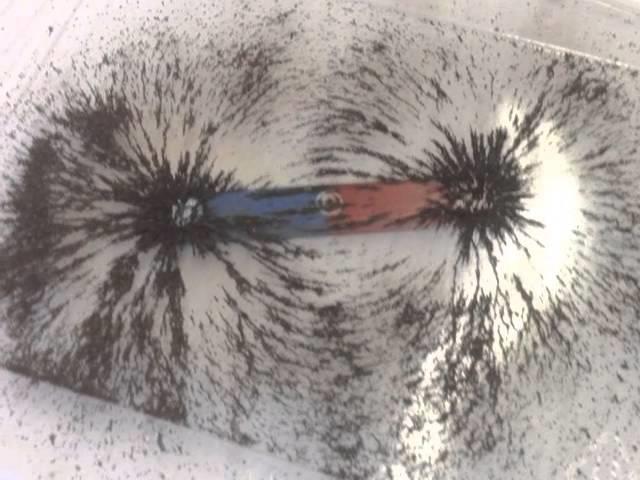 |
|
Card: 27 / 40 |
What are the two ends of a magnet called, and which direction does each point when allowed to hang freely? |
|
Card: 28 / 40 |
The two ends of a magnet are called the North-seeking end (North pole) and the South-seeking end (South pole). The North pole points north, while the South pole points south. 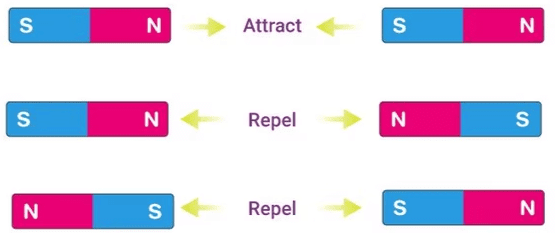 |
|
Card: 29 / 40 |
Fill in the blank: A freely hanging magnet will always point in the ___ and ___ direction. |
|
Card: 31 / 40 |
True or False: Iron bars will behave the same way as magnets when suspended freely. |
|
Card: 34 / 40 |
Ancient travelers used hanging magnets that would align themselves along the North-South direction to navigate. 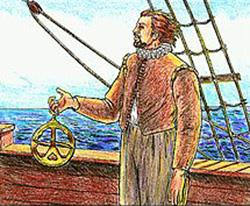 |
|
Card: 35 / 40 |
What invention followed the use of hanging magnets to help people find directions? |
|
Card: 36 / 40 |
The compass, which has a magnetized needle that indicates the North-South direction.  |
|
Card: 37 / 40 |
Fill in the blank: Magnets always have a ___ and ___ pole, regardless of their shape. |
|
Card: 39 / 40 |
What color is typically used to distinguish the North end of a compass needle? |




